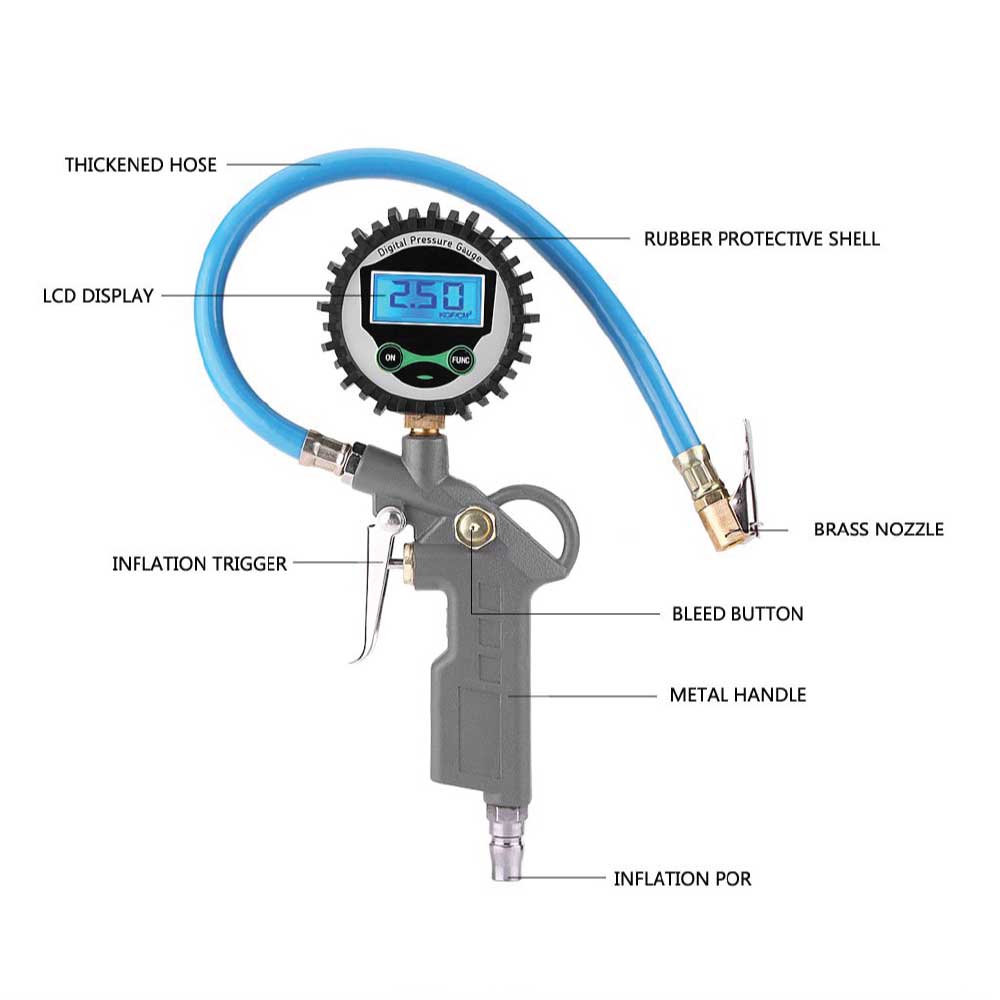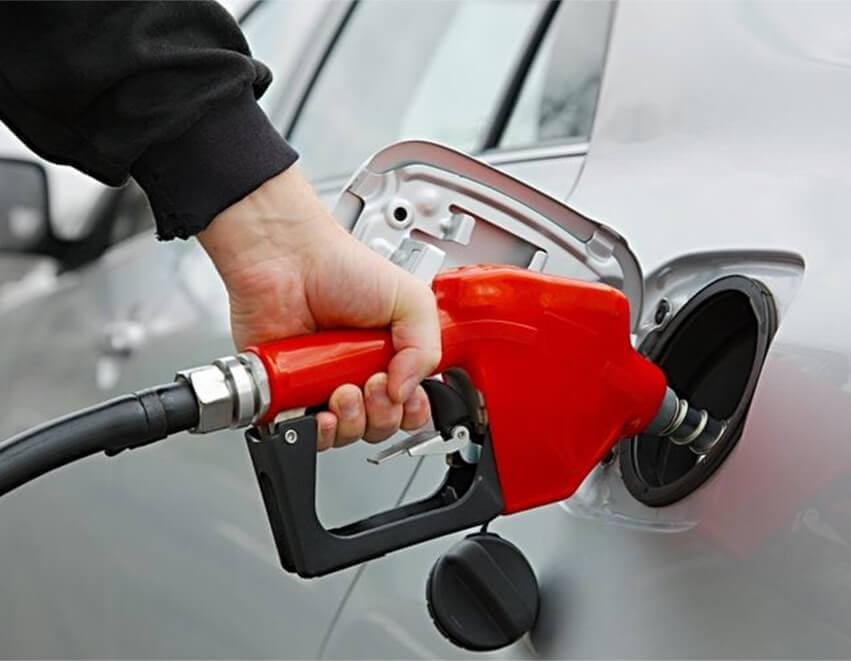Pressure gauges provide critical monitoring to avoid catastrophic overpressure conditions in pipelines, tanks, and pneumatic machinery. But when these essential instruments fail, they can no longer safeguard equipment. Understanding common gauge failure modes, detecting problems early, and installing backups enhances system protections. Introduction to Pressure Gauge Failures Like any instrument, pressure gauges can degrade or […]
Pressure gauges provide critical monitoring to avoid catastrophic overpressure conditions in pipelines, tanks, and pneumatic machinery. But when these essential instruments fail, they can no longer safeguard equipment.
Understanding common gauge failure modes, detecting problems early, and installing backups enhances system protections.
Like any instrument, pressure gauges can degrade or break over time leading to inaccurate readings or complete failure. Given their role in preventing explosions and equipment damage, failures render systems vulnerable with no indication of rising internal pressures.
Typical failure modes include sticking gauges that resist movement, calibration drifts leading to false low or high readings, leaks causing pressure drops, fogged glass faces, and outright breakage of internal parts. Any reliability issue threatens the gauges’ ability to monitor true system pressure.

Multiple factors contribute to gauge failures:
Together, these stress factors eventually compromise function. Without proper maintenance, gauges operate until they fail.
Since faulty gauges still display readings, detection takes intentional testing with pressure gauge tester:
Any unexplained deviation between gauges warrants further investigation to isolate the faulty unit.
Redundancy is key to avoiding pressurized operation with a tire pressure gauge not working. Protective strategies include:
The simplest protective strategy is installing duplicate backup pressure gauges on the system. This provides a secondary gauge displaying readings that can be compared to the primary gauge. Any deviation between the two indicates an issue with one of the gauges. Backup gauges allow continuous monitoring to detect primary gauge failures.
For critical pressure monitoring needs, a duplex or triplet gauge set should be installed. These contain two or three identical pressure gauges in a single housing all reading the same system pressure. The gauges are permanently cross-checked against each other. If any single gauge deviates from the others, it clearly indicates a failure and the faulty gauge can be identified. This system provides fully redundant continuous verification.
Relief valves offer another layer of backup protection by providing overpressure release if both gauges fail. By opening automatically at a preset maximum pressure limit, relief valves prevent a buildup of potentially hazardous pressures even with fully faulty gauges. The release of pressure also indicates the failed state of the gauges.
As an added precaution, operators can periodically test pressure gauge through sections of the system to verify gauge readings manually. By partially pressurizing the system and checking stable readings across the multiple gauges, any deviations pinpoint gauge errors.
For ultimate redundancy, pneumatic systems can add electronic pressure transmitters. These provide a digital output that is immune to mechanical failures. Any difference between electronic and mechanical gauge readings will show malfunctioning gauges. Transmitters also enable remote monitoring and automated shutdown functions.
For essential high-pressure systems, combining preventive maintenance, redundancy, and relief valves provide layered protection against potentially catastrophic gauge failures. With proper monitoring and backup measures, gauge reliability risks are avoided.Get in touch with experts at Aocheng to get the industrial-grade pressure gauges for your facility.




